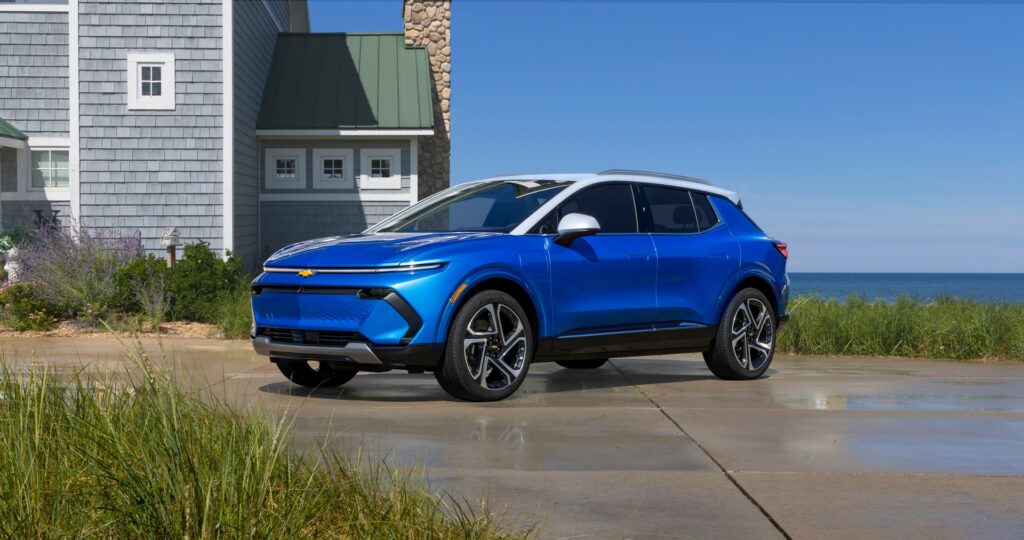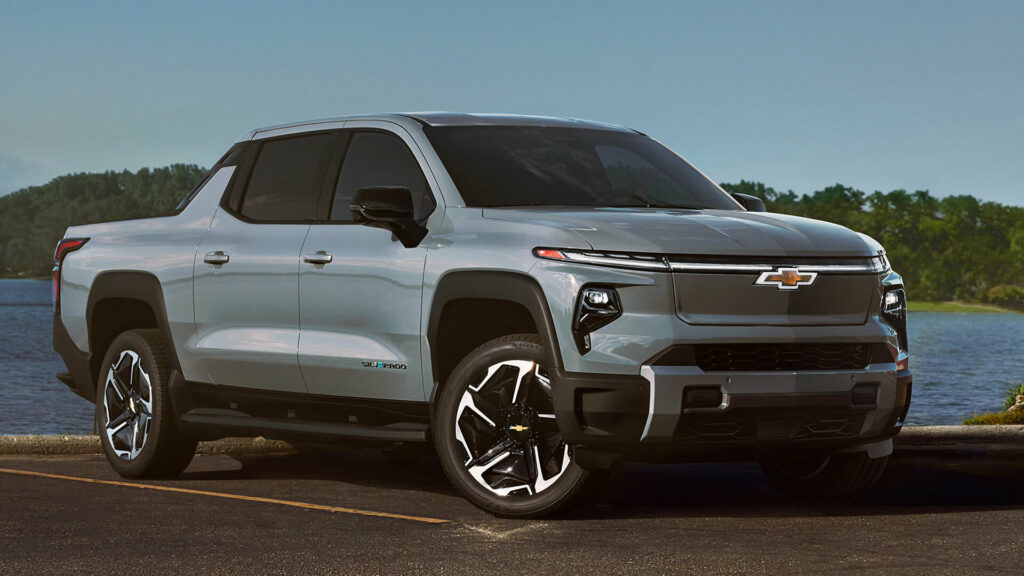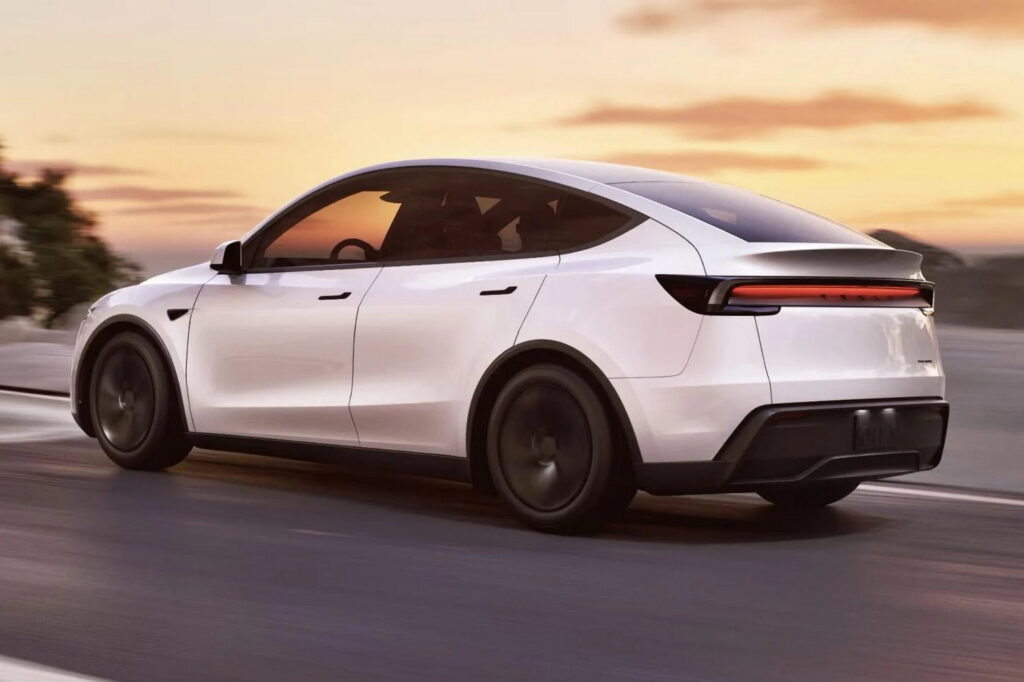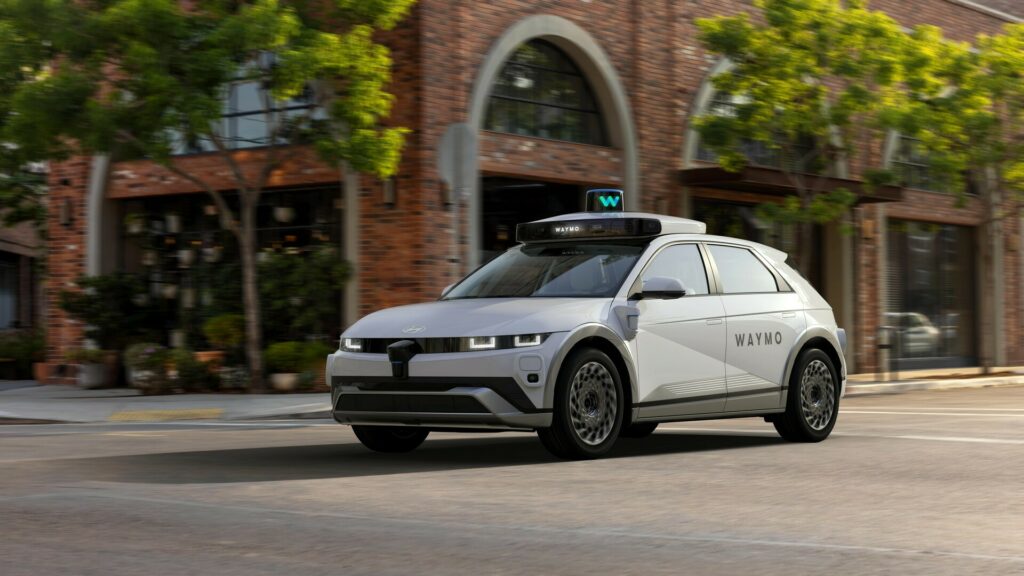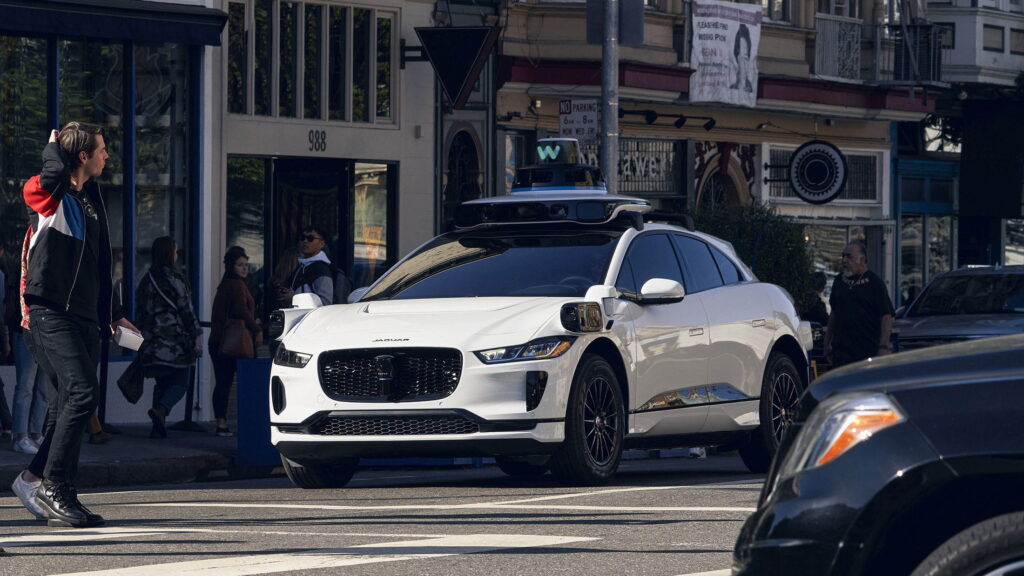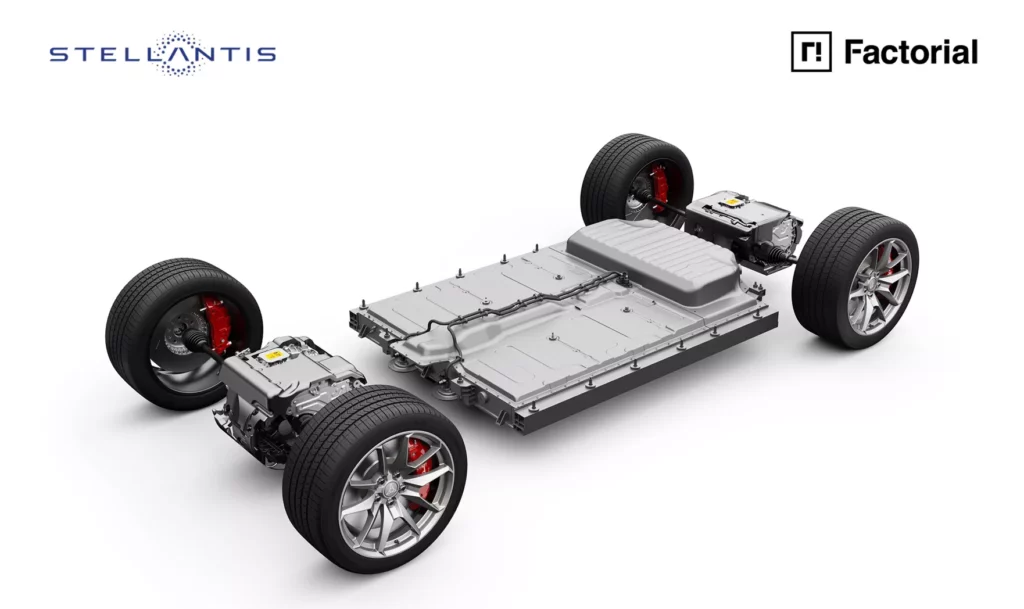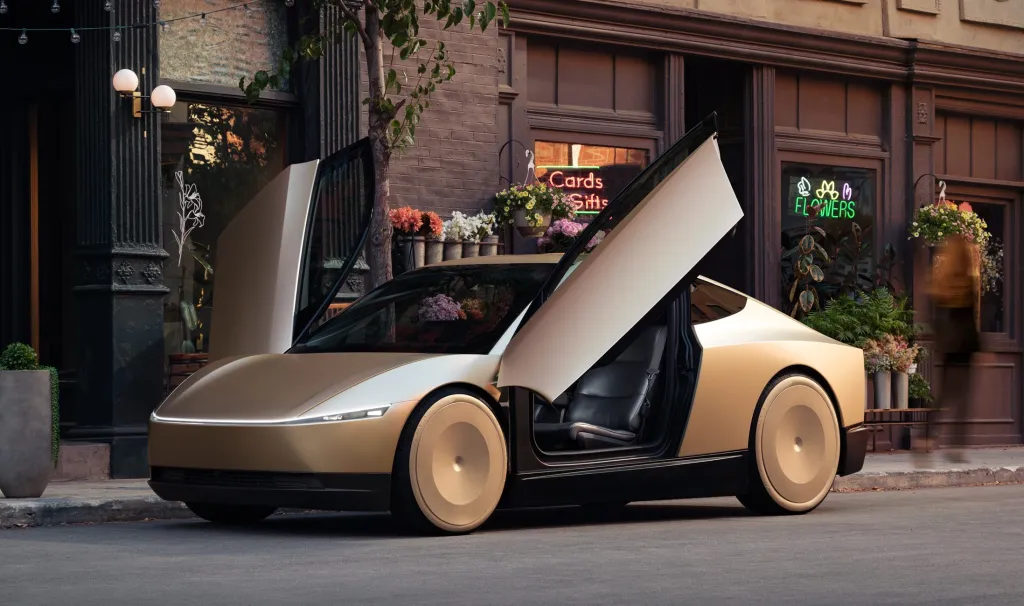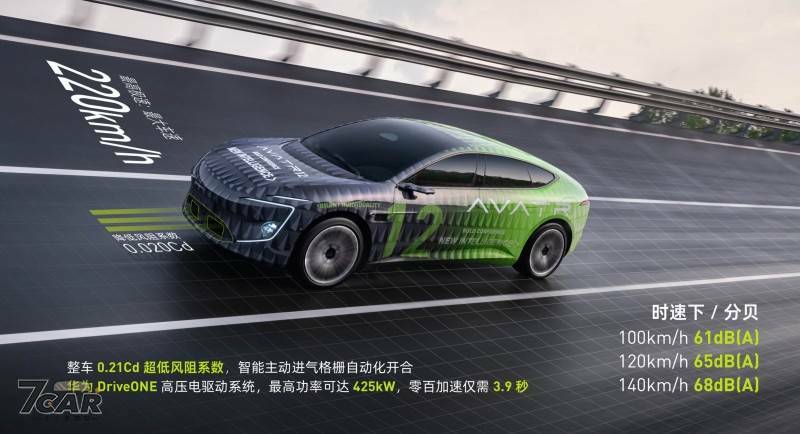California’s EV Future Just Got Canceled By Washington
- Senate republicans voted to revoke California’s ability to self-govern on the matter of cars.
- Vote passed 51–44 despite warnings from nonpartisan legal experts questioning its legality.
- California’s 2035 gas car sales ban faces major obstacles after losing federal emissions waiver.
In a move that could reshape the future of clean transportation policy in the U.S., Senate Republicans just voted to strip California of its long-standing authority to set its own vehicle emissions rules, including blocking its plan to stop sales of gas-powered vehicles.
The decision targets California’s ambitious clean-air mandates, which critics say are too aggressive for the current market to handle. Supporters of the state’s standards, however, argue that this vote undermines state rights and sets a troubling precedent for federal overreach.
More: Major US Dealers Launch War On New EV Sales Model
California has long set its own rules regarding air pollution standards. These included regulations on heavy-duty trucks, trains, and cars. It had even declared that it wouldn’t allow the sale of gas-powered new cars and trucks after 2035. But that authority was just revoked using the Congressional Review Act, or CRA.
This happened despite warnings from two nonpartisan agencies, the Senate parliamentarian and the Government Accountability Office, both of which warned the Senate that this move was likely illegal. Nevertheless, the Senate voted 51 to 44 to overturn the waiver that grants California the power it had to set its own rules.
A Shift With National Consequences
This is a huge move because California, by itself, equates to the fourth-largest economy on the globe. Automakers have largely followed California’s guidance on emissions to keep selling cars there. Several states have also taken up the same standards. Now, all of that is in question as Donald Trump’s signature will axe the waiver for good.
Reacting to the news, California Governor Gavin Newsom said, “The United States Senate has a choice: cede American car-industry dominance to China and clog the lungs of our children, or follow decades of precedent and uphold the clean air policies that Ronald Reagan and Richard Nixon fought so hard for. Will you side with China or America?”
The Conservative Pushback
Those on the other side of the political aisle obviously have a different view. “California has imposed the most ridiculous car regulations anywhere in the world, with mandates to move to all electric cars,” Trump said during his campaign, reports The Guardian. “I will terminate that.”
“The fact is, these EV sales mandates were never achievable,” John Bozzella, president and chief executive of the Alliance for Automotive Innovation, said in a statement. “There’s a significant gap between the marketplace and these EV sales requirements.”
How did the party of small government justify stepping in and imposing its will on a state this way? It says that since California has such a large sway on the auto industry that it was effectively setting Federal policy all along. This move stops that ability and returns that power to the Federal level alone.
“Over the past two decades, California has used its waiver authority to push its extreme climate policies on the rest of the country, which was never the intent of the Clean Air Act,” Senator Shelley Moore Capito, Republican of West Virginia, said to the New York Times.
The Hard Numbers
As we recently pointed out, data does seem to indicate that California’s goals surrounding the end of gas-powered new car sales are too ambitious. While EVs are gaining traction around the world, the U.S. is one of the slowest markets concerning adoption.
No doubt, that’s the result of several factors like distance between destinations, charging infrastructure, and pricing. Regardless of why the uptake is slower, it still makes California’s goals tough to imagine coming true. This new move from the Senate makes it appear altogether impossible now.

